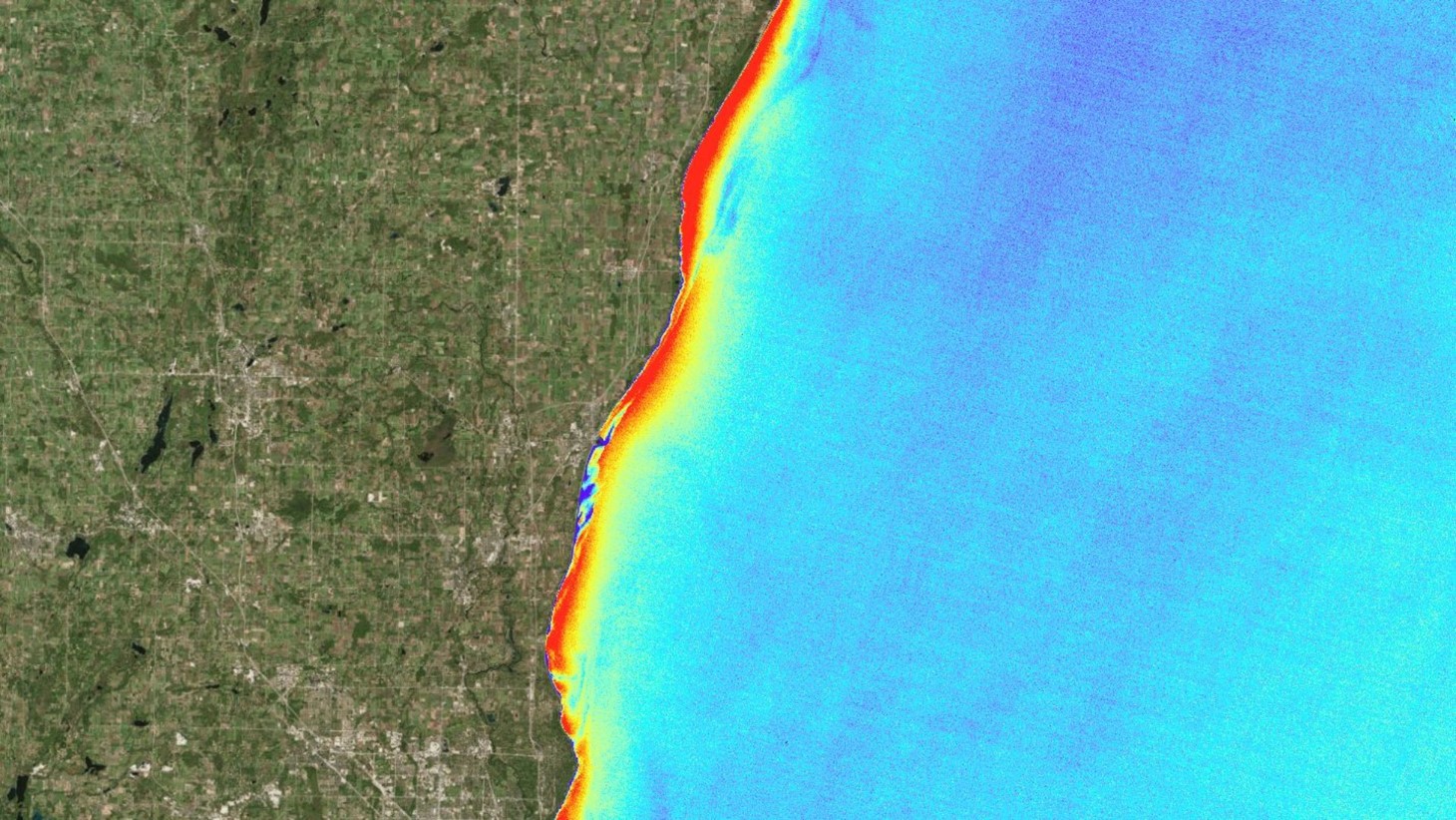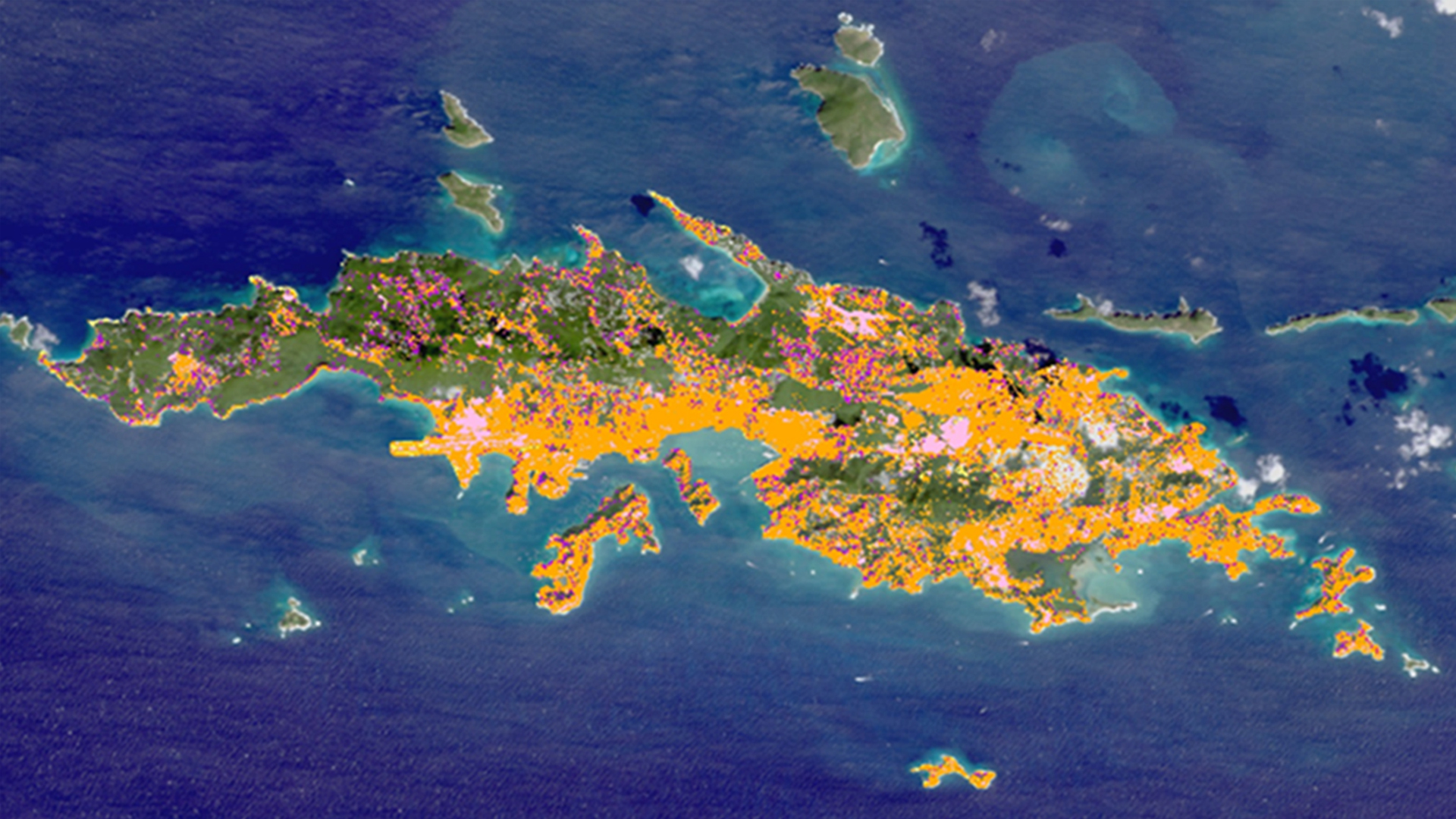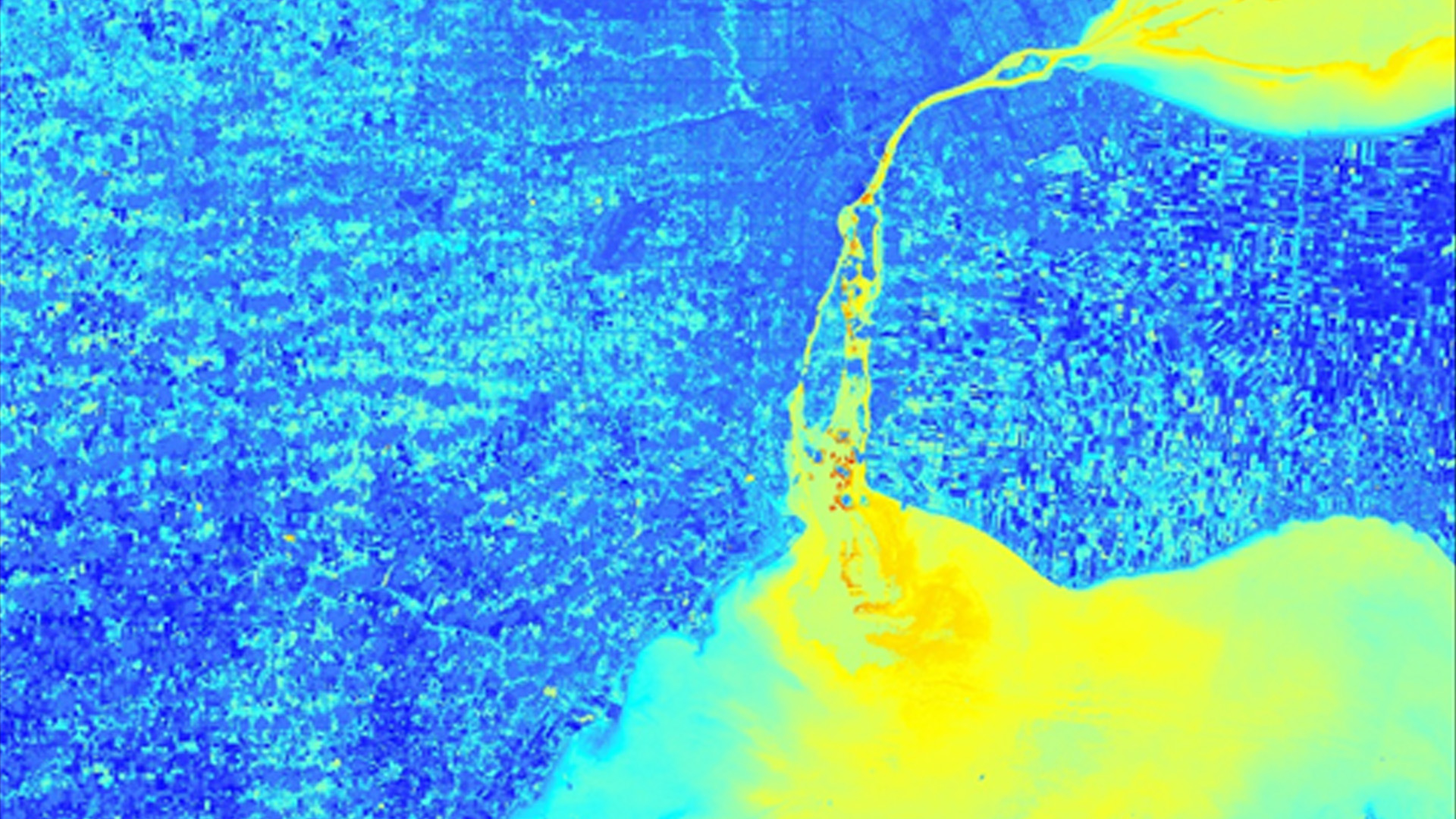California – Ames
California – Ames
Node Host: NASA Ames Research Center
Acronym: ARC
About the Node Hosts: The Ames Research Center (ARC) was established in 1939 as the second laboratory of the National Advisory Committee for Aeronautics (NACA), and was named for the chair of the NACA, Joseph S. Ames. In the early days of the center, Ames researchers were continually breaking new ground in all flight regimes and are now expanding to various entities such as simulation technology and life sciences.
Ames Research Center is known for its production of the "swept-back wing concept", used on all high-speed aircraft today; the "blunt body concept", which is used on every spacecraft to prevent burning upon planetary entry; the management of the "Pioneer planetary spacecraft", which was the first human-made object to leave the solar system; the "Viking Life Detection experiment spacecraft", which was the first spacecraft to perform experiments on another planet; and the "Lunar Prospector mission", which discovered water at the poles of the Moon.
History of the DEVELOP Node: NASA DEVELOP came to ARC in 2003 as part of the Earth Science Division, when Mike Ruiz and a few other DEVELOPers from Langley decided they wanted to start a node on the West Coast. Jay Skiles and Cindy Schmidt were the Director and Coordinator, respectively, and hired the first students through the Western Governors Association (WGA). At that time, the students were nominated by their state's Governor's offices. There were 7 WGA students and 3 high school students for the inaugural summer at ARC. In 2013, Dr. Juan Torres-Pérez was appointed as the DEVELOP Science Advisor at ARC.
About the Node: This node is located at the Ames Research Center in the Moffett Field Naval Air Station, deep in the heart of Silicon Valley. The ARC node typically has two-three projects per term, with 6-12 participants per year. Located near the Pacific Ocean, many of the collaborating science advisors are water resource and oceanic specialists. Therefore, project thematic specialties include water resources, oceans, drought, and disasters, with wildfires and vegetation monitoring being additional common foci.
Dr. Juan Torres-Pérez specializes in the fields water resources and oceans. His personal research is focused on the study of human impacts on coastal ecosystems, particularly coral reefs and associated ecosystems. He also works on the validation of remotely sensed images with high spectral resolution data, and on the engagement of citizen scientists for field data collection and ecosystem assessment.
Hayley Pippin has a B.A. in Applied Mathematics with a focus in Data Science from the University of California, Berkeley. She participated in two previous DEVELOP terms: one as a participant on a Transportation and Infrastructure project at Ames, and another as the project lead on a water resources project at JPL. She now serves as the Senior Fellow for both the Geoinformatics and Communications teams. Her personal research interests lie within the mathematical modeling of biological systems.
Britnay Beaudry has a B.S. in Environmental Science with a specialty in Geographic Information Systems from the University of Massachusetts Amherst. She participated in two previous DEVELOP terms: first as a participant on the Southern Maine Health and Air Quality project at the Boston node, followed by a term as an Assistant Geoinformatics Fellow at Ames. She now works as a Geoinformatics Fellow out of Ames Research Center. Her personal research interests surround Environmental Data Science and Machine Learning.
- Location
- Moffett Field, California
- Node Leadership
- Fellow: Britnay Beaudry
- Senior Fellow: Hayley Pippin
- Science Advisor: Dr. Juan Torres-Pérez
- Featured Project
- Eastern Washington Disasters

Projects
Publications
Remote Drought Monitoring in the Navajo Nation: Utilizing NASA Earth Observation Data, EarthZine, June 05, 2015

























